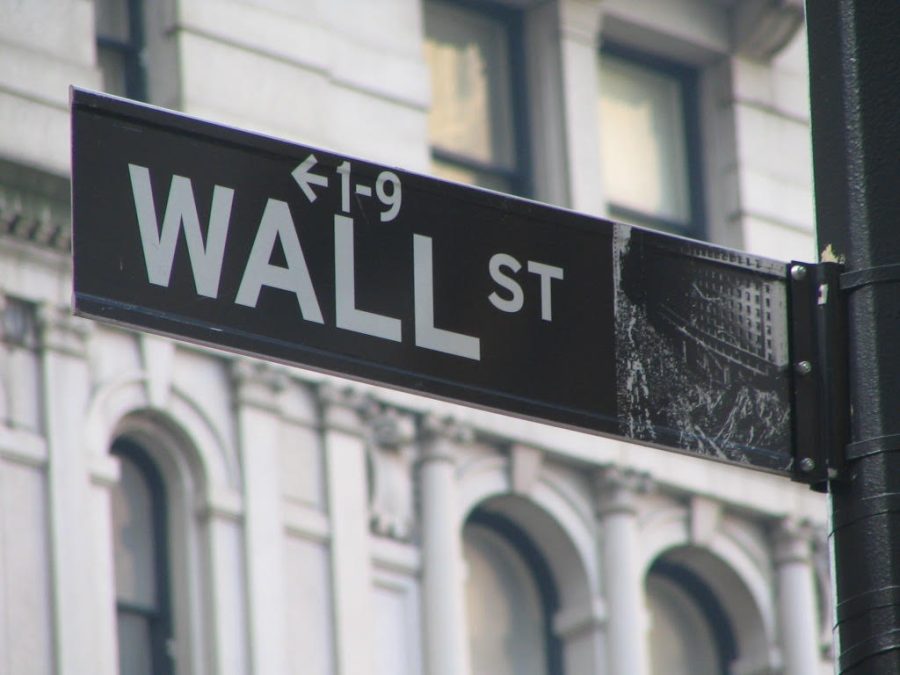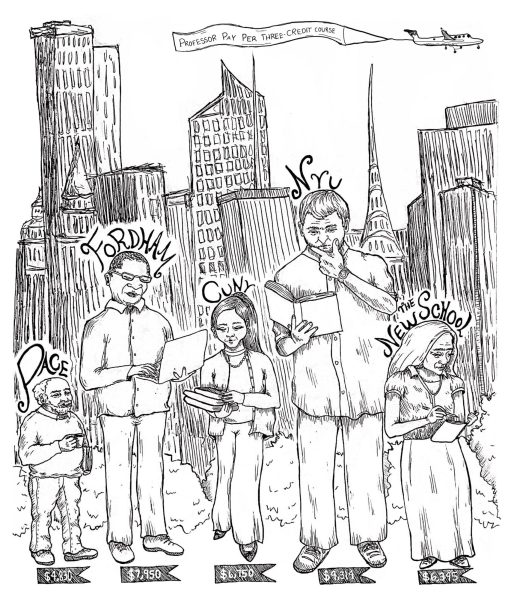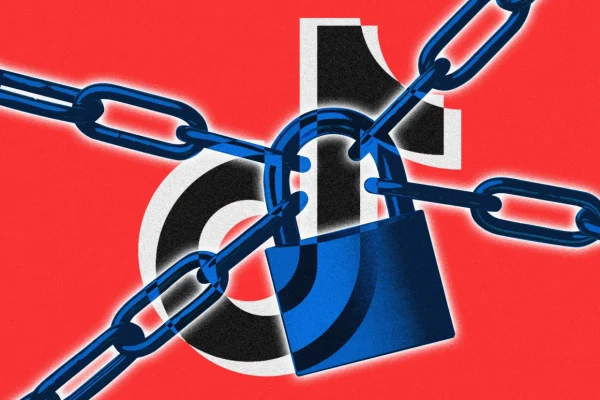Inflation data stuns Wall Street for worst day since the pandemic
September 23, 2022
The New York Stock Exchange experienced a massive sell-off on Sept. 13 that triggered nearly all stocks to close in the red territory. This led to Wall Street recording its worst day since June 11, 2020, after the August 2022 data was reported.
The Dow Jones Industrial Average (DJI) fell from 1,276.37 points (3.9 percent), to 31,104.97; S&P 500 crashed by 177.72 points (4.3 percent), to 3,932.69; NASDAQ plummeted 632.84 points (5.2 percent), to 11,633.57. All but five stocks from the S&P 500 closed within negative territory.
Tech stocks were targeted in the sell-off, taking the hardest hit of the day. New cycle lows were made while Nvidia (NVDA) plunged through its support barriers and suffered a 9.4 percent loss. Facebook (META) lost 9.4 percent and Apple (AAPL) slid 5.87 percent.
The U.S. Bureau of Labor Statistics reported the Consumer Price Index increased 0.1 percent in August and 8.3 percent over the last 12 months.
The U.S. Consumer Index reports that on a 12-month percentage change, food is up 11.4 percent—meats, poultry, fish and eggs rose to 10.6 percent, while dairy and related products rose 16.2 percent. Energy increased by 23.8 percent; fuel oil is at 68.8 percent and gasoline is at 25.6 percent. All items besides food and energy are up 6.3 percent; apparel rose to 5.1 percent and rent of primary residence at 6.7 percent, according to the U.S. Bureau of Labor Statistics.
“I think the biggest mistake right now is the belief we’re going to return to, essentially, prices similar to pre-COVID,” Greg Jensen, a co-chief investment officer of Bridgewater Associates said, per Reuters.
Expert market analyst Savita Subramanian and her team warned that prices remain too high, and stocks are still too expensive for the bear market to be over.
“In order to satisfy the rule and signal stocks may once again be due for a bull market rally, S&P 500 firms would have to beat earnings expectations by an average of 50 percent… or in more extreme scenarios, the S&P would need to tumble more than 40 percent to 2,500 points, or inflation fall to 0 percent,” Forbes reports.
The Central Bank reserves the power to mandate the market’s money supply by preserving low unemployment rates and keeping prices stable.
Because inflation is heightening, it caused the Federal Reserve to raise its target rate four separate times since March, with experts predicting that September will flag another rate increase.
Starting on Sept. 20, the Federal Reserve had its two-day policy meeting where they were expected to deliver another interest rate hike to counteract inflation. The August report could lead to a higher-than-expected increase in interest.
The aggressive action to increase rates is meant to cool off the market but has raised worries that too many increases will guide the economy into a recession.
August’s unexpected inflation report ambushed unprepared Chinese, Japanese and South Korean markets as well. Japan’s Nikkei 225 slid 2.8 percent on Wednesday, while South Korea’s Kospi lost 1.6 percent. Shanghai Composite (SHCOMP) Index fell 0.8 percent and Hong Kong’s Hang Seng fell 2.5 percent.
After FedEx’s ugly pre-market earnings announcement, its shares sank 21.4 percent on Sept. 16, recording its largest single-day sell-off and erasing $11 billion in market value. The shipping giant warned of a global recession and hinted at a sign of what is to come to investors in the future.
Federal Reserve Chairman Jerome Powell remains stagnant about the bank’s decision to raise rates until inflation has softened.
“We will keep at it until we are confident the job is done,” Powell declared at the Federal Reserve’s annual conference in Wyoming. “These are the unfortunate costs of reducing inflation, but a failure to restore price stability would mean far greater pain.”
Investors fear that market trends are causing many to panic and sell, thus losing out on the markets. Stock insufficiency and bear markets are opportunities for investors to diversify their holdings and focus on their long-term goals. A balanced portfolio will limit the investor from significant decreases in holdings and help down-market longevity.
Still, the broader market index remains about 13 percent above its June lows according to CNBC.




















